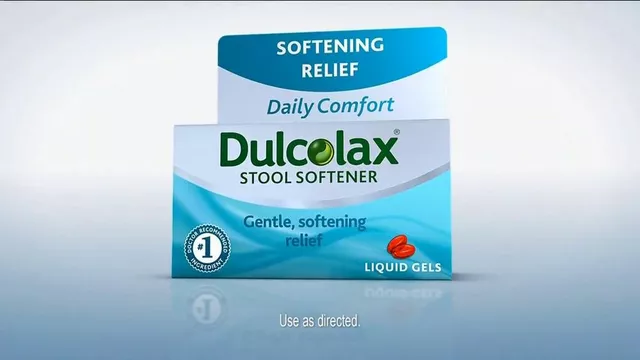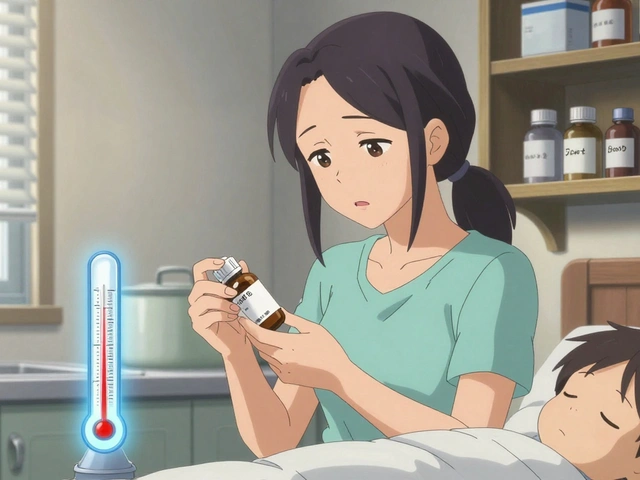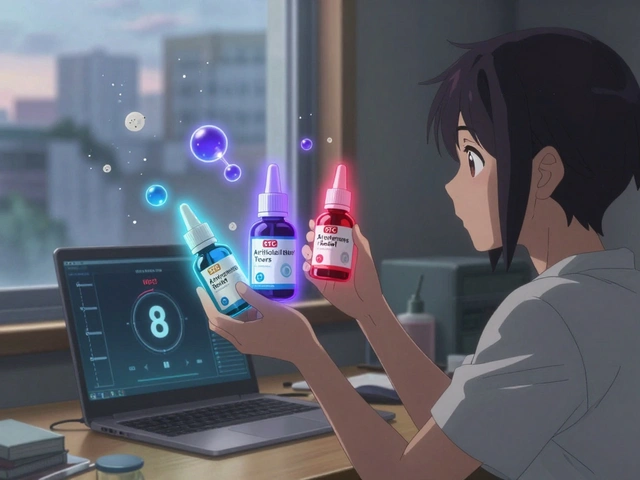Adrenal Insufficiency: What You Need to Know
Ever felt wiped out even after a good night’s sleep? That could be a sign your adrenal glands aren’t making enough hormones. Adrenal insufficiency (sometimes called Addison’s disease) happens when the glands don’t produce enough cortisol and, in some cases, aldosterone. Without these hormones, your body can’t keep blood pressure steady, balance salt, or deal with stress properly. The good news? Most people get back to normal with the right diagnosis and treatment.
First off, don’t assume every bout of fatigue is just “being tired.” The adrenal glands sit on top of your kidneys and work nonstop, releasing cortisol when you wake up, during exercise, or when you’re stressed. If they’re low, you’ll notice a pattern: low energy in the morning, cravings for salty foods, and a tendency to feel dizzy when you stand up. These clues help doctors separate adrenal insufficiency from other common issues like thyroid problems or simple burnout.
Signs and Symptoms
Here are the most common red flags to watch for:
- Persistent fatigue that doesn’t improve with rest.
- Unexplained weight loss and loss of appetite.
- Darkening of the skin, especially on elbows, knees, and scars.
- Low blood pressure that makes you feel light‑headed.
- Craving salty foods or feeling unusually thirsty.
If you notice several of these together, it’s worth getting blood work done. A simple blood test can measure cortisol levels and pinpoint whether your adrenals are under‑performing.
Treatment Options
The backbone of treatment is hormone replacement. Most doctors prescribe a daily dose of hydrocortisone (or a similar steroid) to mimic natural cortisol patterns. Some patients also need fludrocortisone to keep sodium and water balance on track.
Starting medication can feel like a big step, but most people notice more energy within days. It’s important to take the medication exactly as prescribed and never skip doses, especially during illness or stress. In those moments, doctors often recommend a temporary increase in steroid dose—called “stress dosing”—to prevent a crisis.
Beyond prescriptions, lifestyle tweaks help keep symptoms in check. Eat small, balanced meals with enough protein and healthy fats, stay hydrated, and limit caffeine and alcohol, which can stress the adrenals further. Regular, gentle exercise like walking or yoga supports overall hormone health without overtaxing the system.
If you’re diagnosed early and stick to your treatment plan, most people lead normal, active lives. Regular check‑ups let your doctor fine‑tune doses and catch any changes before they become problems.
Bottom line: adrenal insufficiency is manageable. Spot the warning signs, get the right tests, and work with a healthcare provider to set up a simple medication routine. With a few daily habits, you can keep your energy up and avoid the dreaded adrenal crisis.
Florinef (Fludrocortisone) vs. Common Alternatives: A Practical Comparison
A detailed side‑by‑side look at Florinef (fludrocortisone) and its main alternatives, covering uses, dosing, risks and how to choose the right drug for adrenal disorders.











